Project management – especially non-software-related project management – tends to follow a well-trodden path:
- Research and define project requirements.
- Identify tasks to be done, and in what order.
- Follow the plan and deliver… or not.
A simplistic take maybe, but not inaccurate. The difficulty is what happens when you discover new and relevant information mid-plan, or maybe the market needs or goals change? That’s where Agile principles come in…
Agile project management is more flexible, places a greater emphasis on the project team being self-organising, and relies on continuous input and feedback to adjust the plan and strategy where necessary to deliver the project goals as effectively as possible. Agile project management was created with software development in mind but the benefits are desirable for any project:
- Better quality results (i.e. delivering what people actually need).
- Business goals are balanced with user/customer needs.
- The delivery process is flexible and hence more efficient, able to shift as needed.
- Better use of resources.
- More innovative and effective team work.
The question is, how can you adapt the agile approach to non-software projects?
The answer is relatively simple. Rather than a rigid process, agile project management is derived from the Agile Manifesto, including 12 key principles that guide agile working. What we need to do is ‘translate’ these principles from software-focused to more general use.
12 Agile Principles
- Our highest priority is to satisfy the customer through early and continuous delivery of valuable software.
TRANSLATION: Keep the customer’s needs at the centre of the project; never lose sight of who you’re delivering to. This includes engaging with customers during the project, seeking input and feedback to ensure you’re on the right track.
- Welcome changing requirements, even late in development. Agile processes harness change for the customer’s competitive advantage.
TRANSLATION: Accept that requirements or other influencing factors can change at any time – business goals, customer needs, market trends… build in a mechanism to ensure you track what’s happening outside the project team.
- Deliver working software frequently, from a couple of weeks to a couple of months, with a preference to the shorter timescale.
TRANSLATION: Don’t wait until you have the finished product or service to seek feedback. What’s more , regularly delivering signs of progress is an excellent way to engage with customers and stakeholders.
- Business people and developers must work together daily throughout the project.
TRANSLATION: Speaking of stakeholders, include them in the project team and process. The more specialist and ‘siloed’ the project team, the more trouble the project is potentially in.
- Build projects around motivated individuals. Give them the environment and support they need, and trust them to get the job done.
TRANSLATION: Empower your project team. Ensure they have the skills, resources and input they need and then trust their expertise.
- The most efficient and effective method of conveying information to and within a development team is face-to-face conversation.
TRANSLATION: While circumstances may mean face to face isn’t always a realistic option, communication is critical to any project. The whole team needs to be engaged (on some level) with the whole process. This is why agile methodologies, such as Scrum, emphasise regular planning, review and retrospective meetings to keep everyone in the loop.
- Working software is the primary measure of progress.
TRANSLATION: As the project proceeds, producing something that works (maybe a version of or stepping stone towards the project goal) proves progress.
- Agile processes promote sustainable development. The sponsors, developers, and users should be able to maintain a constant pace indefinitely.
TRANSLATION: Every product or service has a life span and project management should look beyond delivery of the first or main iteration. ‘Go-live’ is just one objective; what happens next?
- Continuous attention to technical excellence and good design enhances agility.
TRANSLATION: Attention to detail throughout the process means less to fix later on!
- Simplicity–the art of maximising the amount of work not done–is essential.
TRANSLATION: Efficiency is the goal – no unnecessary work – and part of achieving that is to keep simple: the product/service and the project management process.
- The best architectures, requirements, and designs emerge from self-organising teams.
TRANSLATION: Reduce the use of gatekeepers and approvals processes. Trust the team’s expertise and the process that you’ve set up. Empowered teams produce better results.
- At regular intervals, the team reflects on how to become more effective, then tunes and adjusts its behaviour accordingly.
TRANSLATION: However effective your project management process, it benefits from regular review. Don’t just ask whether the project is going well, ask whether the process is going well and what you can do to refine and improve it.
Agile project management may have software origins but breaking deliverables down into separate elements, putting the customer at the heart of the process, emphasising collaboration and trust, and embedding frequent and focused communication are universally applicable principles.
For more on traditional vs. agile project management, check out our free taster webinar on 14 June 2024.
The In-House Training Company offers a wide range of project management programmes that can be tailored to your business objectives. For more information, give us a call on 01582 463463.









